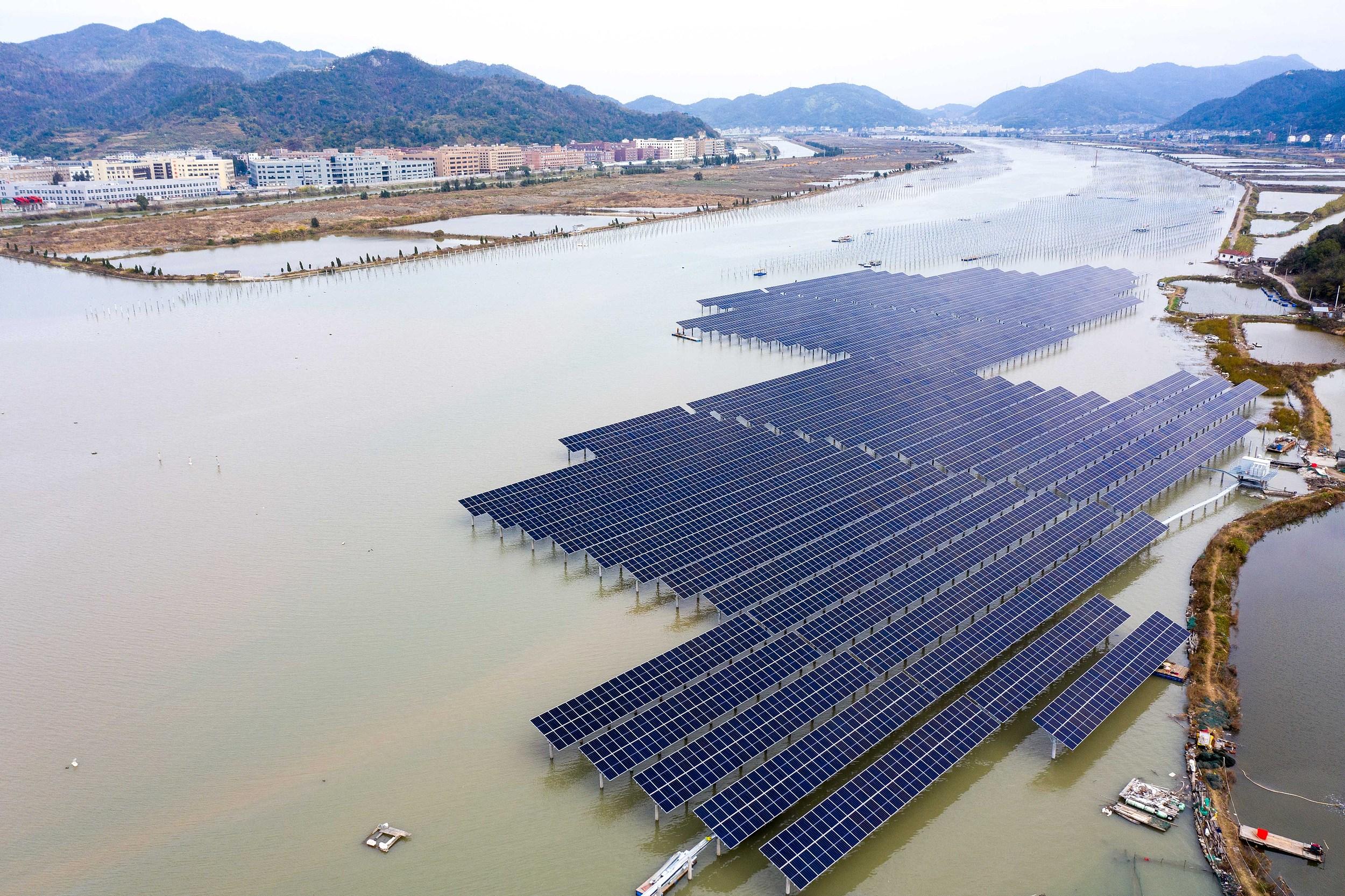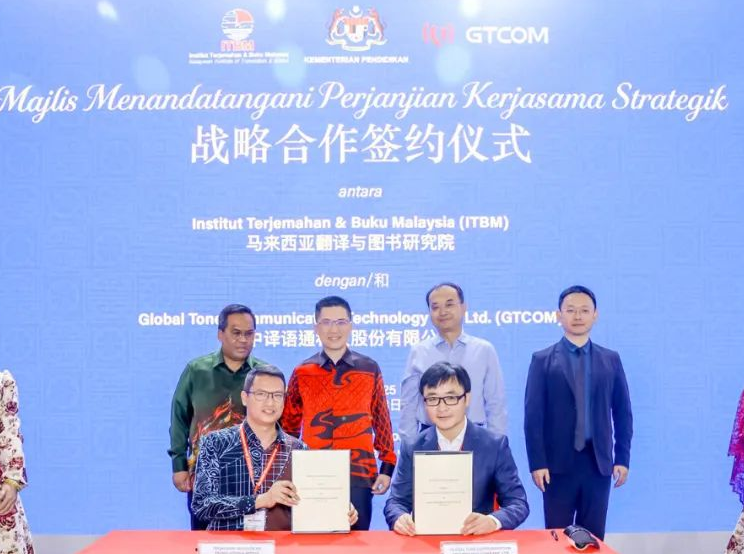Innovation Advances Marine Power Development

China's energy law attaches great importance to the development of marine energy, such as tidal, wave and ocean thermal energy. The country is poised to promote the large-scale development and utilization of marine energy.
What is the current status of marine energy development? How to overcome the bottlenecks in developing marine energy? To explore these issues, Science and Technology Daily visited the Zhoushan archipelago, the region with the richest tidal current energy resources in China.
Energy with greater efficacy
"Marine energy is a crucial component of the renewable energy landscape," said Wang Ji, a staff at the National Ocean Technology Center. "It is clean, highly predictable, and can be locally consumed, making it ideal for coastal and island regions."
Wang gave the example of tidal current energy, which is generated by the horizontal movement of seawater under the gravitational influence of the moon and sun. Devices can be submerged directly into the water channels with strong currents due to their coastal geography, making them ideal for high-yield power generation.
Compared with new energy sources such as wind power and solar energy, tidal current energy has stronger stability and predictability. Wang said this characteristic also facilitates the deployment and construction of tidal current energy facilities, improving resource utilization.
Marine energy is not only an essential supplementary energy source, but also an important alternative energy source for island regions with limited land resources. "Developing marine energy will help address power shortages in the eastern coastal areas, remote islands and offshore facilities, while also supporting the broader transition to a new energy system," Wang said.
Technological breakthroughs at the forefront
Today, many enterprises are developing advanced systems in the waters between Zhoushan's Putuoshan Island and Huludao Island.
The offshore tidal energy generation and testing platform established in this sea area is China's first public, open national-level tidal energy test site with both testing and demonstration functions. It integrates tidal energy generation and testing, offshore boosting, maintenance and other functions.
The platform consists of a demonstration berth and three testing berths, with a shore-based centralized control center. The project provides comprehensive testing conditions for tidal energy generation units of both domestic and international research institutions and manufacturers, serving as a provider of green electricity for Zhoushan.
With the advantages including scalability, environmental compatibility, and high energy yield, the design has set a new benchmark for marine energy deployment. Notably, China's first megawatt-class tidal turbine "Fenjinhao" has generated over 4.89 million kilowatt-hours since it was connected to the grid in early 2022.
Toward scaled and orderly development
Despite the rapid progress, Wang cautions that China's marine energy projects remain small in scale and relatively costly, with some key technologies still needing breakthroughs for reliability and cost reduction. Incomplete mapping of resource-rich waterways is another bottleneck. "We must thoroughly assess our resources, using the latest technologies to better plan future development," he said.
To address these challenges, in February 2025, the Ministry of Natural Resources and five other ministries jointly issued a policy guideline to scale up marine energy utilization by scientifically calculating resource potential, strengthening the leading role of technological innovation, and expanding engineering pilot projects.
It also calls for optimizing the industrial development environment and enhancing cooperation.
Besides, it has set a 2030 target of generating 400,000 kW of installed capacity and calls for high-efficiency, stable, and competitive marine energy technologies, as well as the formation of globally competitive enterprises in the sector.
"We will also encourage coastal areas to comprehensively consider the land, sea, and island usage demands for marine energy, as well as ecological protection requirements while making national land and space, coastal zone, and nearshore sea area spatial planning and implementing them," an official at the Ministry of Natural Resources said. "This will include forward-looking layouts for potential marine energy development areas on the 'one map' of national land and space planning, promoting categorized and orderly development of marine energy."







